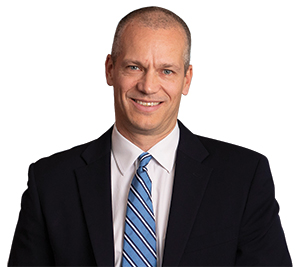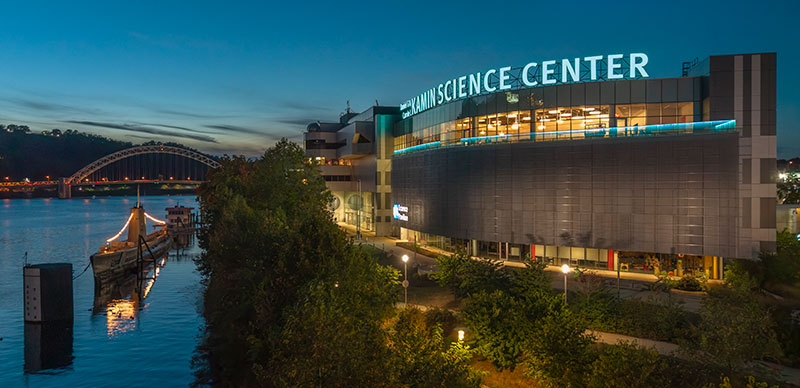A lot has changed in the 500 years since Leonardo da Vinci passed away in 1519. Much of his imagined technology has become reality, and our understanding of the world has expanded exponentially. We exist in a place where the mundane is far beyond even what he could have envisioned. However, the same skills, curiosity, and drive that made Leonardo unique in his time now serve as the engines of innovation throughout the global economy. Leonardo was the original Renaissance man; he was a scientist, engineer, artist, inventor, and dreamer. Most of all, he was a problem solver. He not only imagined a world where humans escaped the shackles that bound them to the narrow-mindedness of the Middle Ages, he conjured and built prototypes of the machines that would serve as the jailer’s keys.
In the last decade, the term STEM—an acronym for the disciplines of science, technology, engineering, and math—has become synonymous with the skills and industries that generate a steady stream of innovations in computing, medicine, transportation, and more. Many people believe that the gatekeepers to success in these industries are advanced skills or a four-year-plus degree in STEM subject areas. The drawback of this perception is that it is an exclusive viewpoint. Disparities in the educational system, inequitable access to out-of-school learning opportunities, and the omission of the arts give way to a view where only more math or more science yields innovation. The truth is that the same skills used by the Renaissance master match those of a contemporary innovator. It’s not that Leonardo took advanced courses in every area in which he excelled; in fact, he had minimal formal education. Rather, he had the audacity and confidence to imagine, problem-solve, try, fail, and try again. This is a guiding principle at the Science Center, and it’s STEM learning in a nutshell.
A modern day “Renaissance man” looks very different than Leonardo. The most obvious way is that these “men” are women and men and girls and boys of all ethnicities, socioeconomic backgrounds, upbringings, and demographics. Throughout the four Carnegie Museums, be it in our exhibition halls or education programs, we offer opportunities and inspiration for Renaissance people of any age and from any neighborhood to imagine themselves as the next Leonardo and the creator of their future world.

Jason C. Brown
The Henry Buhl, Jr., Interim Director and Senior Director of Science Education, Carnegie Science Center




